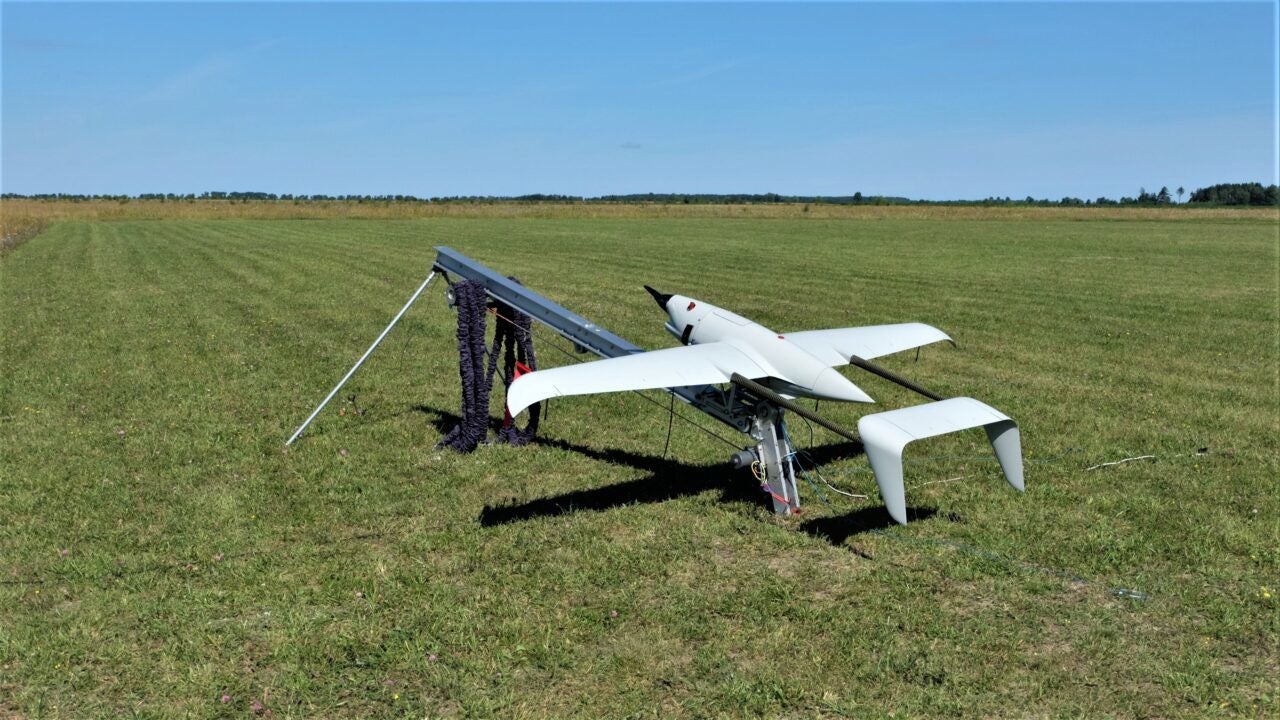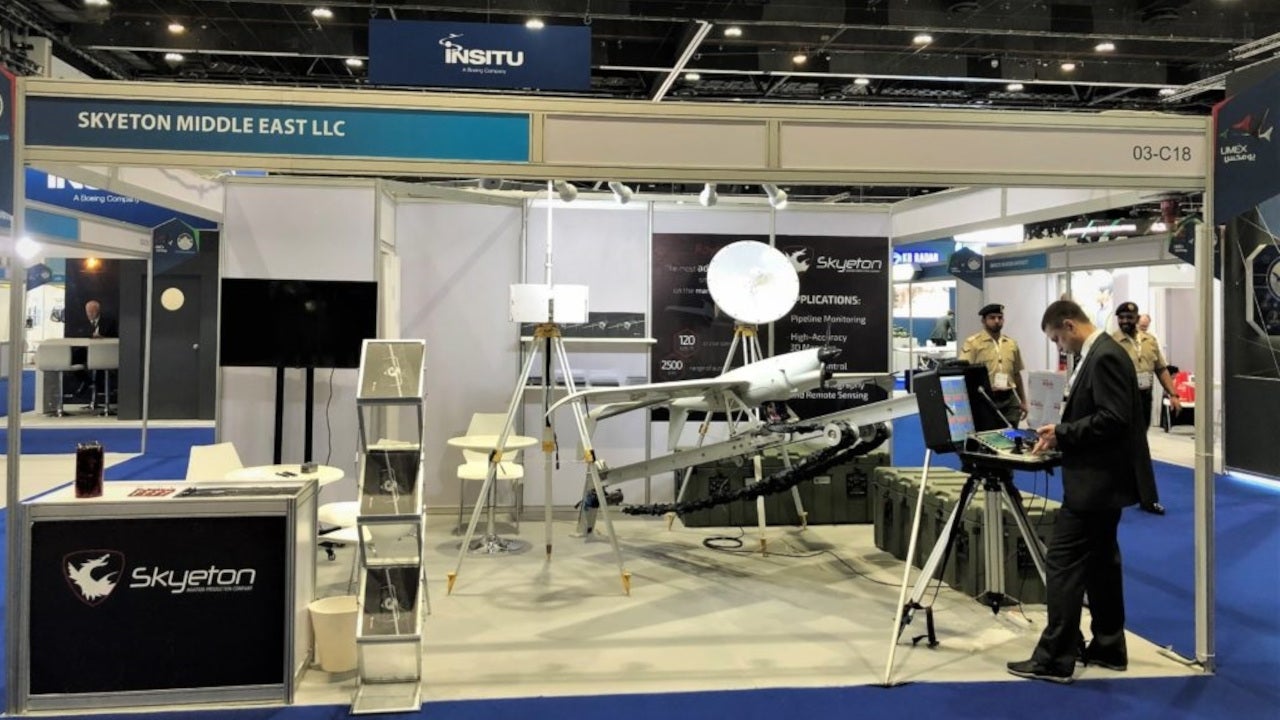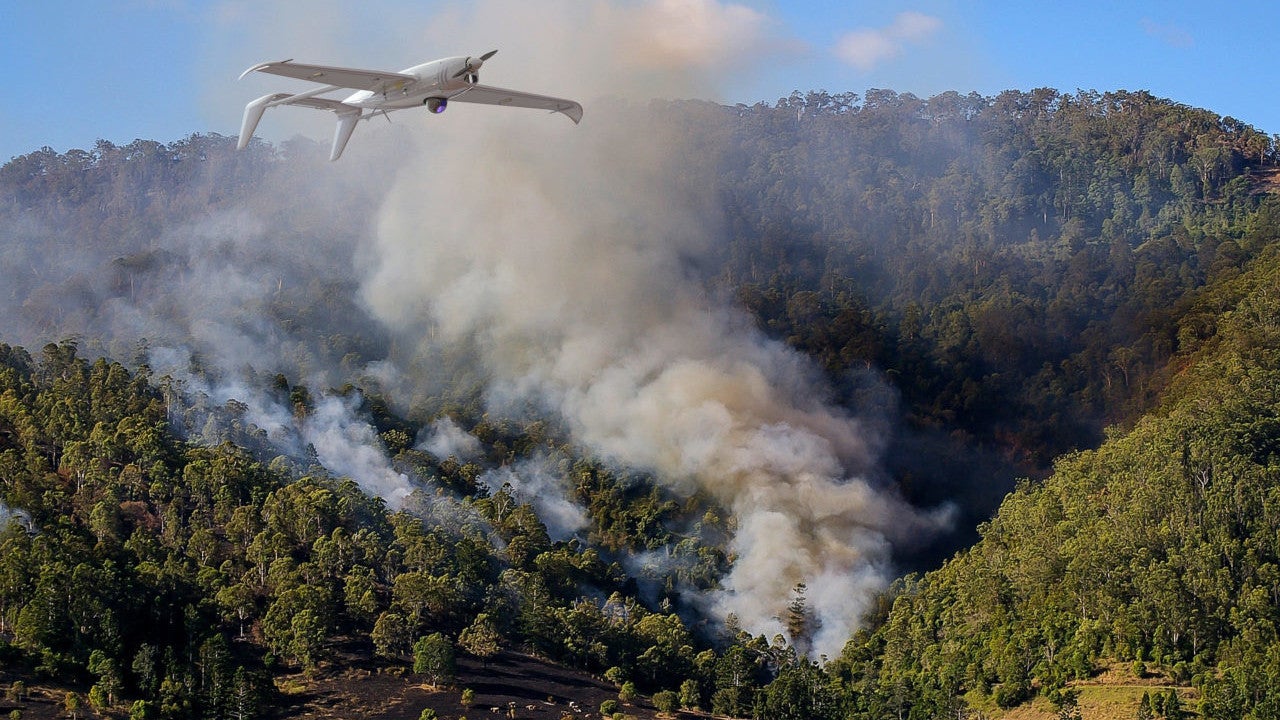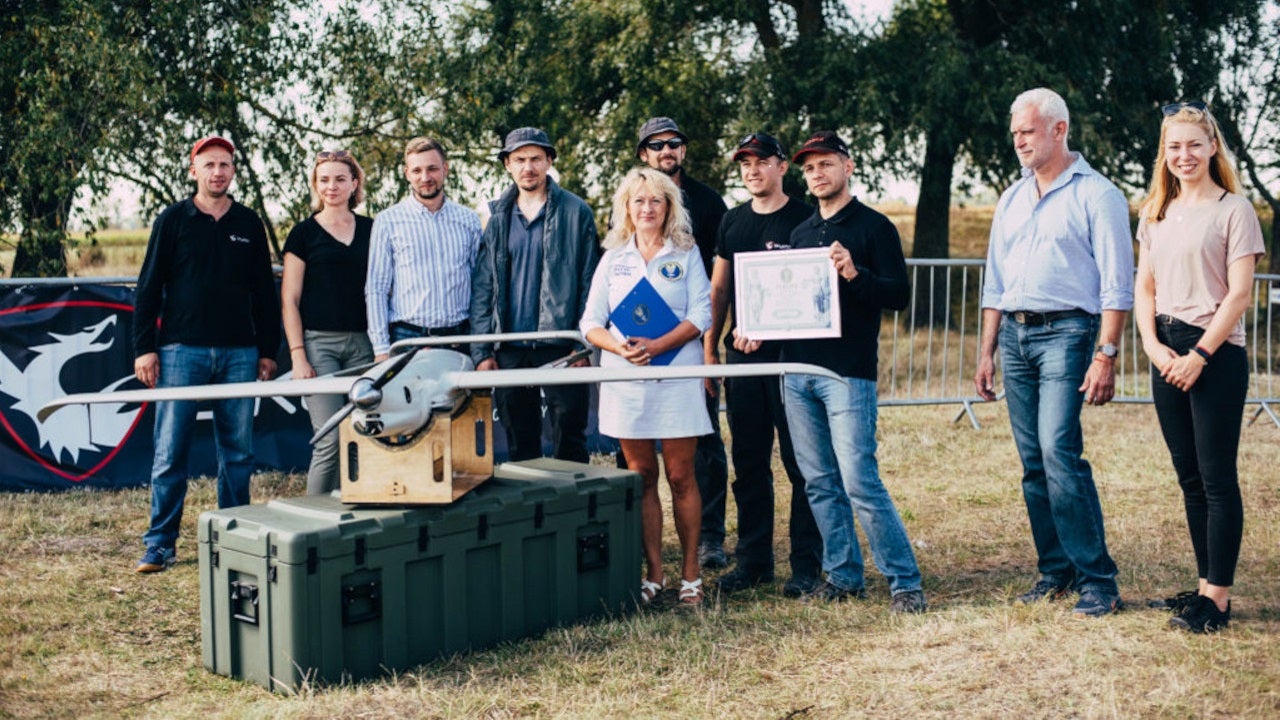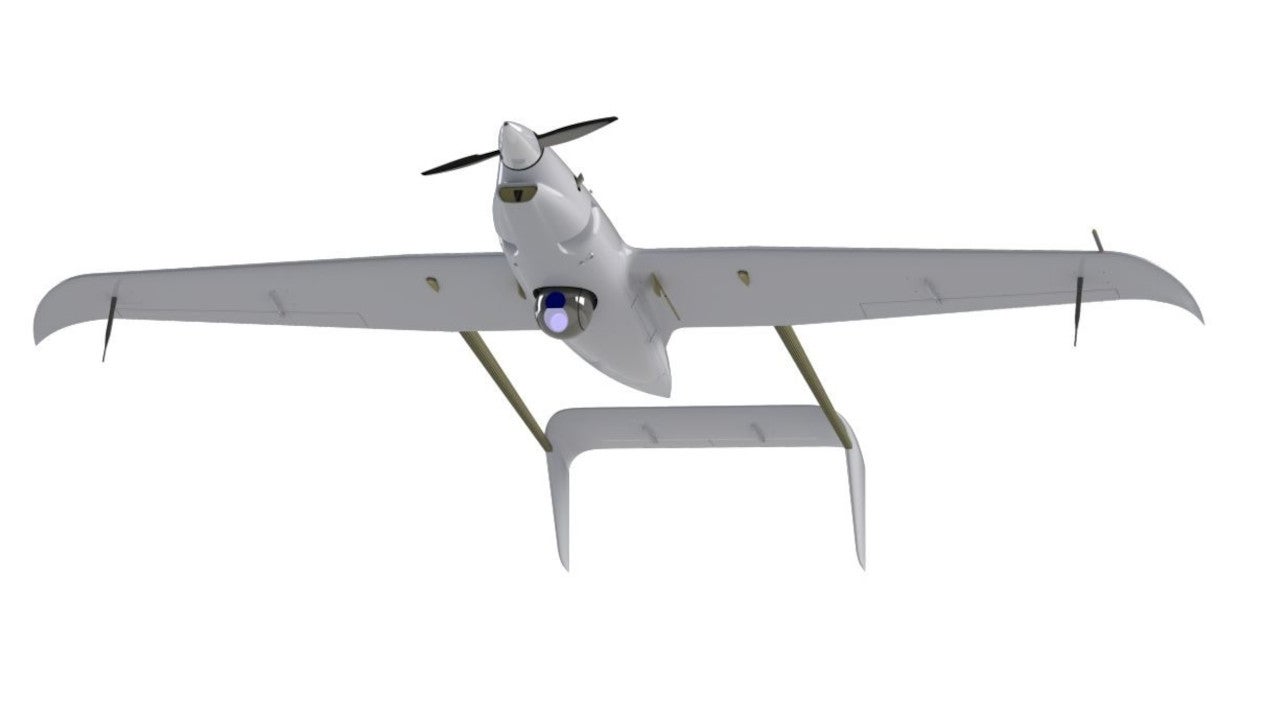Raybird-3 is a long-range unmanned aerial system (UAS) designed and manufactured by Skyeton, a Ukrainian aeronautical products manufacturer.
The UAS can carry out a range of operations including real-time aerial video surveillance, photography, and other applications. It can also be used in support of operational-tactical tasks. Launched in 2018, the Raybird-3 UAS set a national record of flying for the maximum duration in the sky in September 2019.
The unmanned system was exhibited at the UMEX 2020 International Exhibition held in Abu Dhabi, in February 2020.
In July 2020, Skyeton demonstrated the UAS to the representatives of the Ministry of Internal Affairs as well as operational units of the National Police of Ukraine (NPU), State Border Guard Service of Ukraine (SBGSU), National Guard of Ukraine (NGU), and State Emergency Service of Ukraine (SESU).
Raybird-3 UAS design and features
The fuselage of Raybird-3 is made up of graphite, kevlar and other composite layers. The man-portable unmanned vehicle’s modular design offers the flexibility to add or remove onboard equipment, based on mission requirement. The UAS has an overall length of 1.83m, height of 0.32m, wingspan of 3m and wing area of 0.9m². It can operate in different weather conditions with temperatures ranging between -20°C and +45°C.
The aerial vehicle can be controlled by an automatic programme or it can be operated remotely from the ground control station. It performs autonomous operations on a programmed flight route and returns automatically to the initial point.
The unmanned system features encrypted digital data link which provides third-party interference protection. It can be assembled and launched within 15 minutes using a mechanised catapult. The fixed-wing UAS can be recovered using a parachute or airbag, upon the completion of the mission.
The UAS can be integrated with a new fire detection sensor which enables early detection of flames and prevents further spread of fire over large areas.
Payload of Raybird-3
The long-range unmanned aircraft can carry a maximum payload of up to 5kg. Optional payload packages include radio relay and electric warfare/countermeasure equipment.
It can also be fitted with an optional Epsilon 140Z gimbal which integrates an optically zoomed infrared (IR) camera with a laser designator.
The aircraft can flip on its back while approaching the landing site to reduce mechanical damage of the payload equipment.
Propulsion and performance
The UAS is powered by a four-stroke 40.2cc engine that generates a power output of 3.5hp. It can also be fitted with an optional electronic fuel-injected engine.
The cruise speed and maximum speed of the unmanned vehicle are 120km/h and 160km/h, respectively, while the range is 240km in the direct control mode.
The maximum take-off weight (MTOW) of the aircraft is 20kg. Raybird-2 has a maximum flight altitude of 3,000m and can operate for more than 24 hours.
The unmanned aircraft is fitted with mufflers to be undetectable when flying at altitudes of 400m and above. The remote-controlled optics allow the UAS to detect targets 10km away and transfer real-time video from a distance of 100km.
Raybird-3 UAS has a low cost of operation and quick response time. It can be launched in all terrains and is customisable based on user requirement.
Other capabilities of the unmanned system include automation, quick task execution, easy maintenance, as well as easy deployment and recovery.

